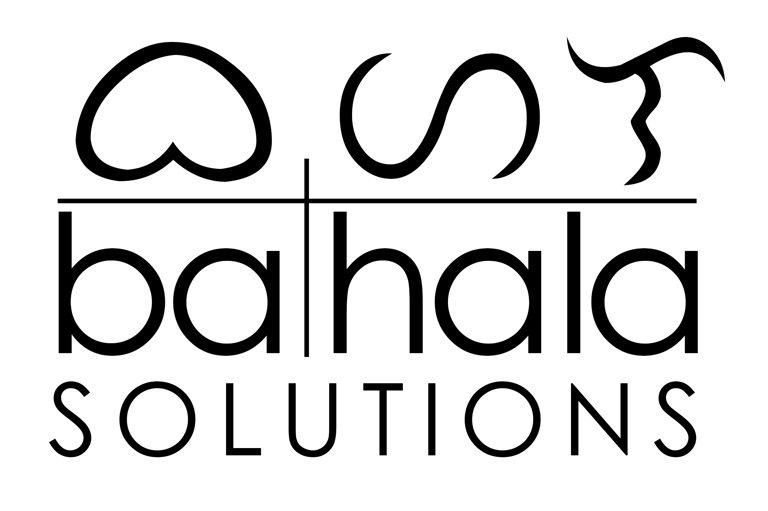AI and the Next Earthquake: The Philippines at the Crossroads of Resilience, Automation, and Education
This article examines the dual challenges facing the Philippines in the wake of a major earthquake in Cebu and Accenture’s large-scale AI-driven workforce restructuring. It argues that the country must shift from a “just-in-time” economic model to a “just-in-case” approach centered on resilience, automation, and inclusive education. Highlighting failures in corporate disaster response and the rapid displacement of mid-level BPO jobs by AI, the piece calls for integrating AI into business continuity planning, democratizing AI education, and establishing ethical governance frameworks. The convergence of natural disasters and technological disruption underscores an urgent need for systemic adaptation—where AI becomes a tool not just for efficiency, but for safeguarding lives, livelihoods, and long-term national resilience.
Dr. Derek Presto
10/5/20254 min read
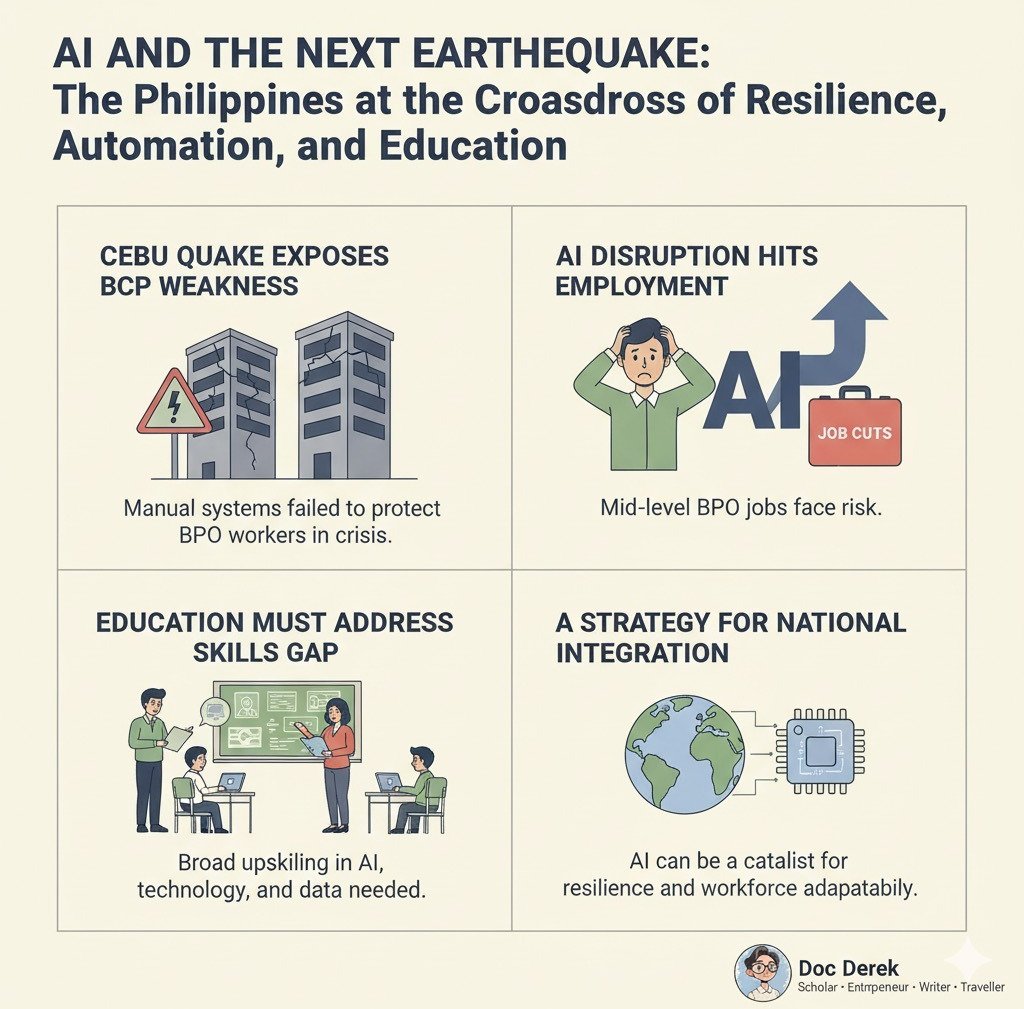

AI and the Next Earthquake: The Philippines at the Crossroads of Resilience, Automation, and Education
When the 6.9-magnitude earthquake struck Cebu on September 30, 2025, it was not just a test of infrastructure — it was a stress test of corporate preparedness and government oversight.
In the aftermath, reports emerged of BPO workers allegedly forced to remain on calls during the tremor, with some exits reportedly blocked (BPO Industry Employees Network [BIEN], 2025).
The Department of Labor and Employment (DOLE) Region VII has since received formal complaints citing violations of the Occupational Safety and Health Standards (R.A. 11058), DOLE Department Order 198-18, and the Fire Code (R.A. 9514) — all of which mandate immediate evacuation in times of imminent danger.
This incident exposed a painful truth: many Philippine companies still approach Business Continuity Planning (BCP) as a compliance document, not as a culture of resilience.
The failure to integrate real-time technology, communication redundancy, and emergency automation into continuity systems turned what could have been a controlled response into organizational chaos.
As emphasized by the National Disaster Risk Reduction and Management Plan (2020–2030), resilience is not simply physical survival — it’s institutional adaptability (NDRRMC, 2020).
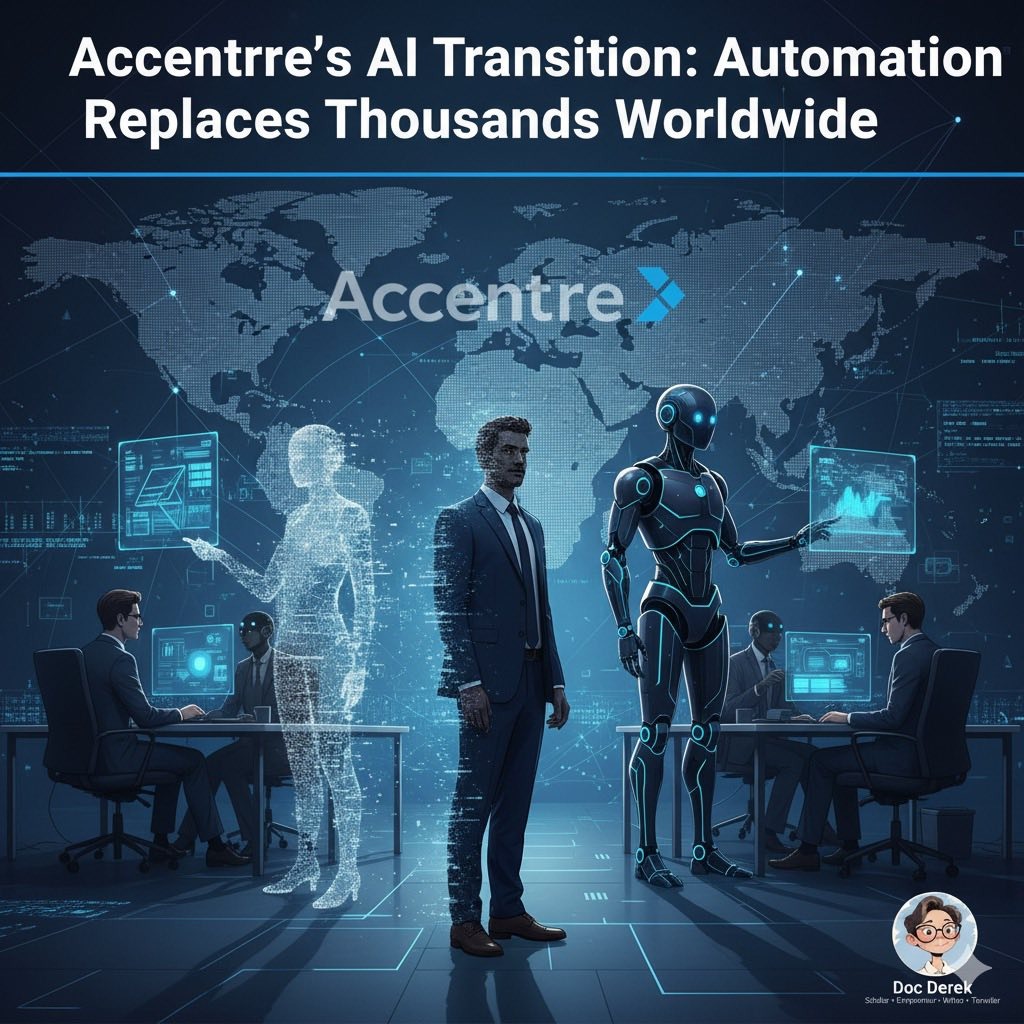

AI as the Next Layer of Continuity
In a striking coincidence, just as Cebu began counting its losses, Accenture announced a global workforce restructuring involving the layoff of more than 11,000 employees — part of a shift toward AI-enabled business operations (NDTV, 2025).
The company’s CEO, Julie Sweet, framed the move as necessary “to transition to a more AI-ready workforce” while consolidating non-automatable roles.
In total, Accenture expects to save $1 billion in operational costs and redirect investments toward AI transformation and SynOps automation frameworks (InsiderPH, 2025).
For the Philippines — where Accenture employs an estimated 60,000 to 70,000 professionals — the implications are seismic.
This is not merely a corporate downsizing; it represents the automation of mid-level cognitive labor, historically the foundation of the country’s BPO success.
Low-skill, repetitive roles such as manual data encoding, account verification, and basic IT support are being replaced by AI-driven process automation and virtual agents (Accenture, 2025; Times of India, 2025).
From “Just in Time” to “Just in Case”
The convergence of these two crises — the earthquake in Cebu and AI disruption in Accenture — illustrates a larger narrative:
The Philippines must evolve from a “just-in-time” economy, optimized for cost efficiency, to a “just-in-case” society, designed for resilience.
The BPO incident highlights the limits of traditional continuity models built around human intervention. AI systems, by contrast, can sustain operations while protecting lives — through smart evacuation triggers, automated call rerouting, and predictive risk analytics.
For example, Japanese firms have begun deploying AI-based seismic early warning systems that automatically suspend operations and initiate safe mode in digital infrastructures within seconds (Tanaka et al., 2022).
These same technologies can be localized for Philippine conditions, where the combination of natural disaster frequency and digital dependency presents a perfect storm.
AI in Recruitment: A New Divide
Accenture’s internal transformation also reveals how AI is redefining who gets hired.
With machine learning models now filtering job applications, algorithms prioritize measurable competencies — coding, analytics, cloud proficiency, and project-based problem solving — often learned in STEM-intensive universities or global certification programs.
Graduates from lesser-known institutions or non-technical programs are increasingly invisible to these automated systems.
This new paradigm of AI-aided recruitment could deepen inequality in the labor market.
Without democratized access to AI education, the Philippines risks a “digital caste system,” where only elite graduates benefit from automation while the rest are displaced by it (World Economic Forum, 2024).
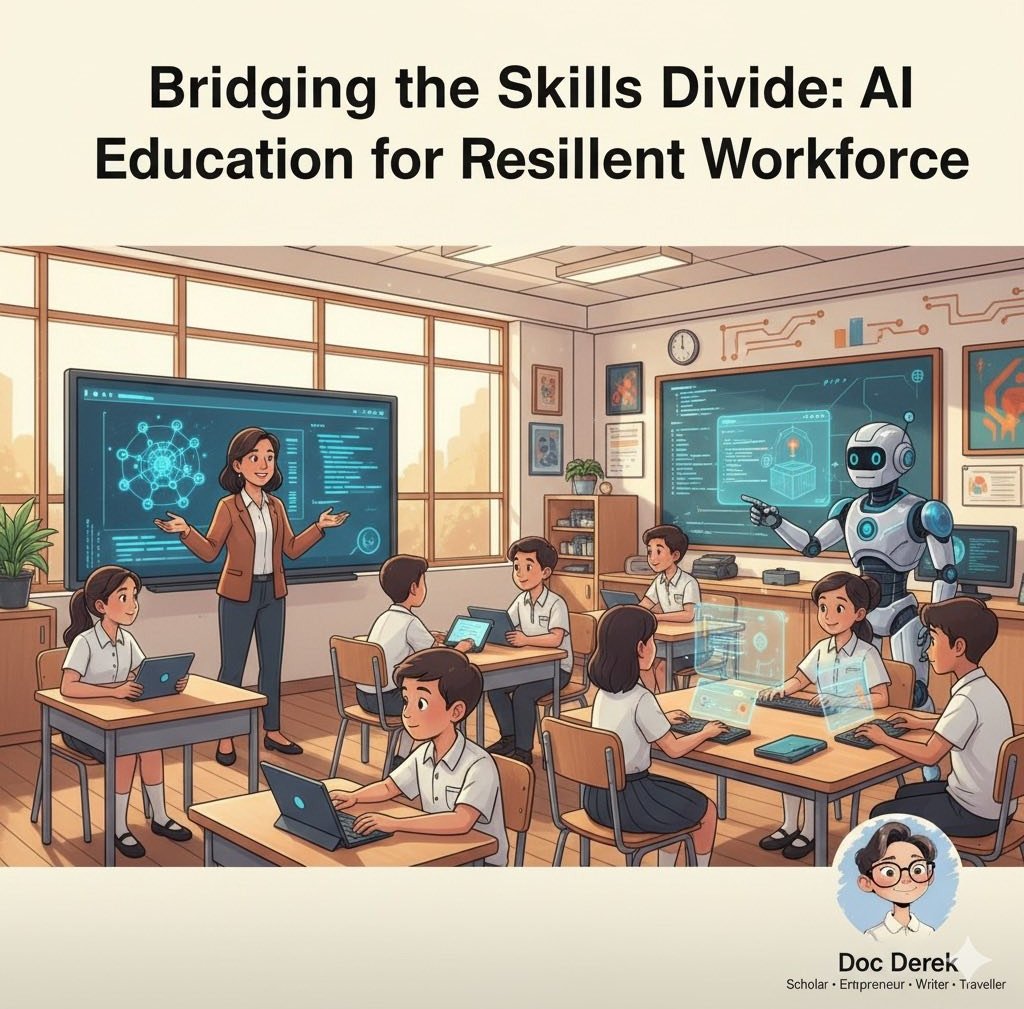

The Education Imperative
According to the Commission on Higher Education (CHED), fewer than 12% of tertiary institutions in the Philippines currently offer AI-related subjects beyond elective level (CHED, 2024).
The Philippine AI Strategy (DICT, 2021) was intended to build an “AI-ready workforce,” yet implementation has been fragmented.
TESDA’s 2024 Skills Roadmap shows progress in digital literacy training, but only 1 out of every 10 trainees reach certification in applied machine learning or RPA.
If this trajectory continues, the Philippines will face a paradox:
A nation that powers the global digital economy, yet fails to equip its own people for the AI-driven transformation within it.
As UNESCO (2023) notes, education systems must shift from producing employees to producing adaptive learners — capable of upskilling continuously in dynamic environments.
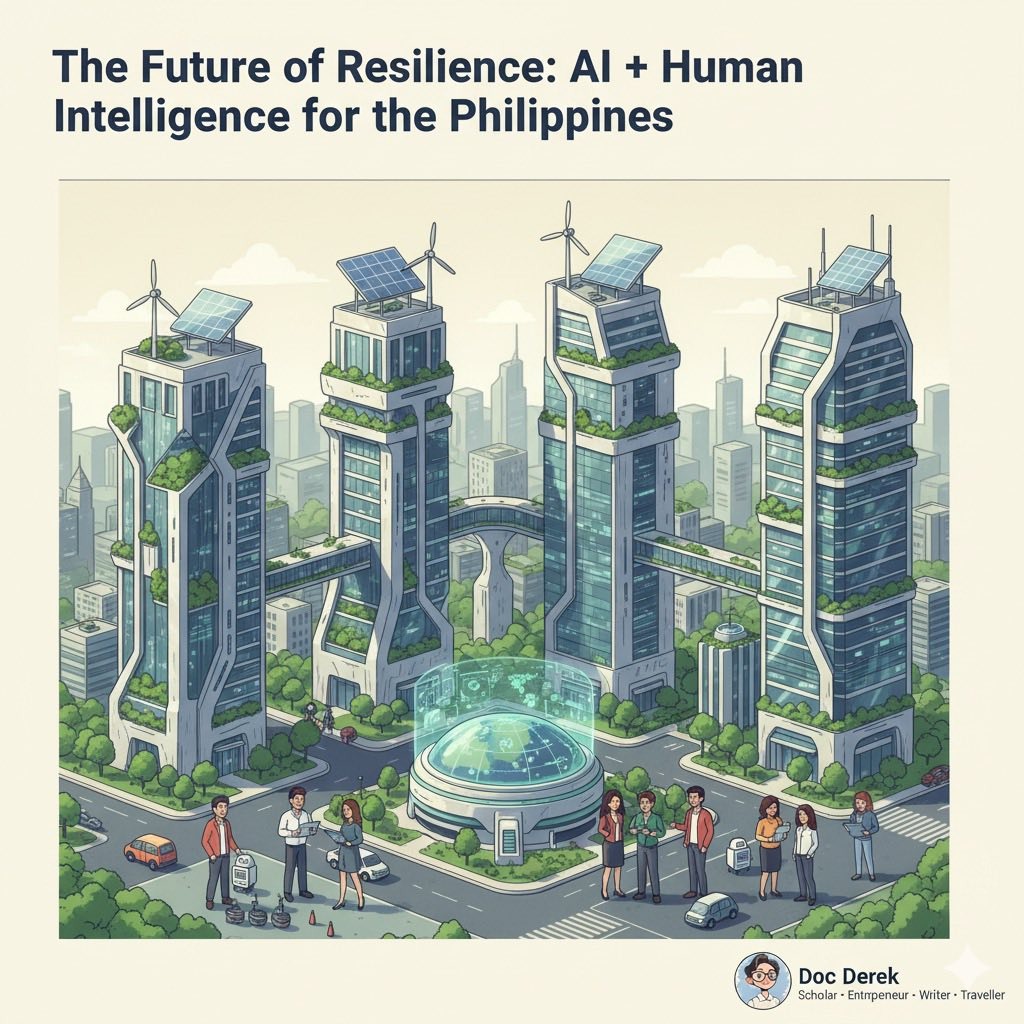

The Synthesis: Building Resilience in the Age of Automation
The Cebu quake showed us how fragile our systems are.
Accenture’s layoffs demonstrated how rapidly the world is changing.
Both point to one imperative: integration.
AI should not be viewed solely as a threat to employment, but rather as a cornerstone of resilience — one that enhances physical safety, operational continuity, and workforce adaptability.
A holistic model would link three fronts:
1. AI-Integrated BCP — using automation for crisis response and operational continuity.
2. AI-Literate Workforce — embedding AI, cybersecurity, and data analytics into general education.
3. AI-Ethical Governance — ensuring automation enhances rather than replaces human dignity.
The future will not reward those who resist change, but those who anticipate it — those who understand that resilience is no longer about surviving earthquakes, but about surviving the aftershocks of innovation.
References:
Accenture. (2025). Annual Report 2024–2025: AI Transformation and Workforce Optimization.
BPO Industry Employees Network (BIEN). (2025). Statement on BPO Labor Complaints Filed After Cebu Earthquake.
Commission on Higher Education. (2024). CHED Digital Transformation Roadmap.
Department of Information and Communications Technology. (2021). Philippine AI Strategy.
InsiderPH. (2025, October 2). Accenture job cuts hit 22,000 in 2025 as firm targets $1B in savings.
National Disaster Risk Reduction and Management Council. (2020). National Disaster Risk Reduction and Management Plan (2020–2030).
NDTV. (2025, October 3). Accenture lays off 11,000 employees globally.
Tanaka, Y., Kato, M., & Sakamoto, T. (2022). Artificial intelligence for earthquake disaster mitigation: Lessons from Japan. Journal of Disaster Studies, 45(3), 222–239.
Times of India. (2025, October 4). AI to reshape Accenture hiring strategy.
UNESCO. (2023). Al and the Future of Skills: Rethinking Education Systems in the Digital Age. World Economic Forum. (2024). The Future of Jobs Report 2024.
Contact
contact@bathalasolutions.com
